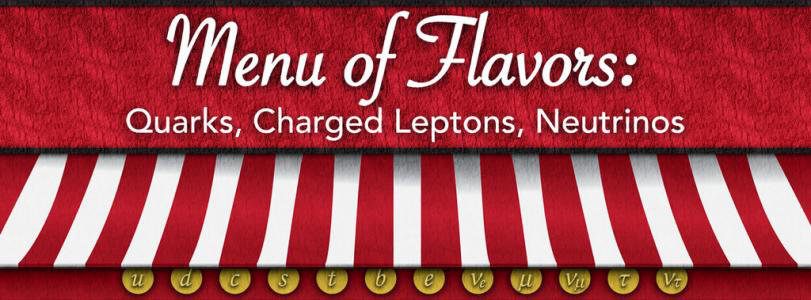Speaker
Description
Increasing luminosity at the Large Hadron Collider (LHC) poses a challenge for primary vertex reconstruction and hard scatter (HS) identification in ATLAS. A rate of 70 or more inelastic proton-proton collisions per beam crossing was observed during the recently-completed Run 2 and even higher vertex density, or pile-up (PU), is expected in the future Run 3.
To meet this challenge and prevent performance degradation with rising PU density, ATLAS released new tools for vertex reconstruction: a Gaussian track density seed finder and an adaptive multi-vertex finder. The former constructs a simple but powerful analytic model of the track density along the beam axis to locate candidate vertices, and the latter applies a global approach to vertex finding and fitting, allowing vertices to compete for nearby tracks.
In addition, final state topologies in which the HS process does not have very high visible transverse momentum activity, e.g. Vector Boson Fusion (VBF) Higgs to invisible events, can result in a low selection efficiency as a function of PU density when relying upon the hardness of the HS vertex, as done in the standard approach. Thus, a new algorithm for primary vertex selection in VBF Higgs to invisible events was developed under the High Luminosity LHC conditions by exploiting the new forward tracking capabilities of the planned Run 4 ATLAS tracker upgrade and by integrating calorimeter information and introducing a new way to apply PU jet suppression methods for the selection of VBF jets.
This poster summarizes the key features and the performance of the new ATLAS vertex reconstruction and selection techniques under the Run 3 and Run 4 PU conditions.



